Species Photo Gallery for Catonia pini No Common Name 17 |
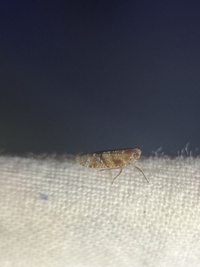 | Photo by: Larry Chen, Sarah Toner, Joshua Emm, Abner Burgos-Melendez
Onslow Co.
Comment: https://www.inaturalist.org/observations/315454646 |  | Photo by: A.H. Manee
Moore Co.
Comment: This is the holotype of Catonia pini. coll. A.H. Manee VII. 10-26. 1917. NCSU 0045341. Photographs taken by Solomon Henrix. |
 | Photo by: A.H. Manee
Moore Co.
Comment: This is the holotype of Catonia pini. coll. A.H. Manee VII. 10-26. 1917. NCSU 0045341. Photographs taken by Solomon Henrix. | 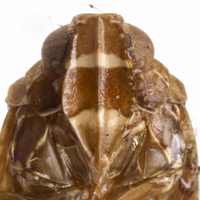 | Photo by: A.H. Manee
Moore Co.
Comment: This is the holotype of Catonia pini. coll. A.H. Manee VII. 10-26. 1917. NCSU 0045341. Photographs taken by Solomon Henrix. |
 | Photo by: A.H. Manee
Moore Co.
Comment: This is the holotype of Catonia pini. coll. A.H. Manee VII. 10-26. 1917. NCSU 0045341. Photographs taken by Solomon Henrix. | 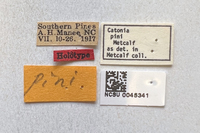 | Photo by: A.H. Manee
Moore Co.
Comment: This is the holotype of Catonia pini. coll. A.H. Manee VII. 10-26. 1917. NCSU 0045341. Photographs taken by Solomon Henrix. |
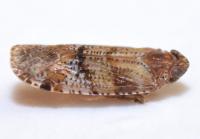 | Photo by: Bo Sullivan
Carteret Co.
Comment: photographed by K. Kittelberger; collected at UV trap. Individual #1, 5.8 mm; #2, 5.6 mm; #3, 5.1 mm |  | Photo by: Bo Sullivan
Carteret Co.
Comment: photographed by K. Kittelberger; collected at UV trap. Individual #3, 5.1 mm |
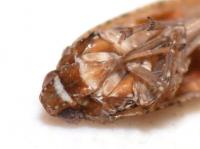 | Photo by: Bo Sullivan
Carteret Co.
Comment: photographed by K. Kittelberger; collected at UV trap. Individual #3, 5.1 mm | 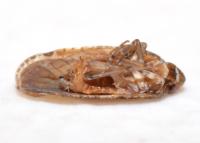 | Photo by: Bo Sullivan
Carteret Co.
Comment: photographed by K. Kittelberger; collected at UV trap. Individual #3, 5.1 mm |
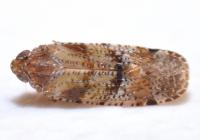 | Photo by: Bo Sullivan
Carteret Co.
Comment: photographed by K. Kittelberger; collected at UV trap. Individual #1, 5.8 mm | 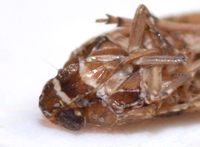 | Photo by: Bo Sullivan
Carteret Co.
Comment: photographed by K. Kittelberger; collected at UV trap. Individual #1, 5.8 mm |
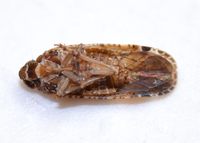 | Photo by: Bo Sullivan
Carteret Co.
Comment: photographed by K. Kittelberger; collected at UV trap. Individual #1, 5.8 mm | 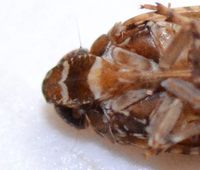 | Photo by: Bo Sullivan
Carteret Co.
Comment: photographed by K. Kittelberger; collected at UV trap. Individual #1, 5.8 mm |
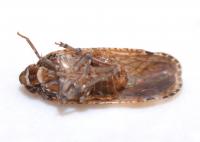 | Photo by: Bo Sullivan
Carteret Co.
Comment: photographed by K. Kittelberger; collected at UV trap. Individual #2, 5.6 mm | 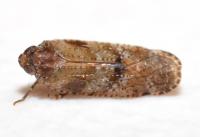 | Photo by: Bo Sullivan
Carteret Co.
Comment: photographed by K. Kittelberger; collected at UV trap. Individual #2, 5.6 mm |
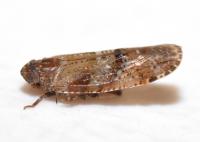 | Photo by: Bo Sullivan
Carteret Co.
Comment: photographed by K. Kittelberger; collected at UV trap. Individual #2, 5.6 mm |

 »
»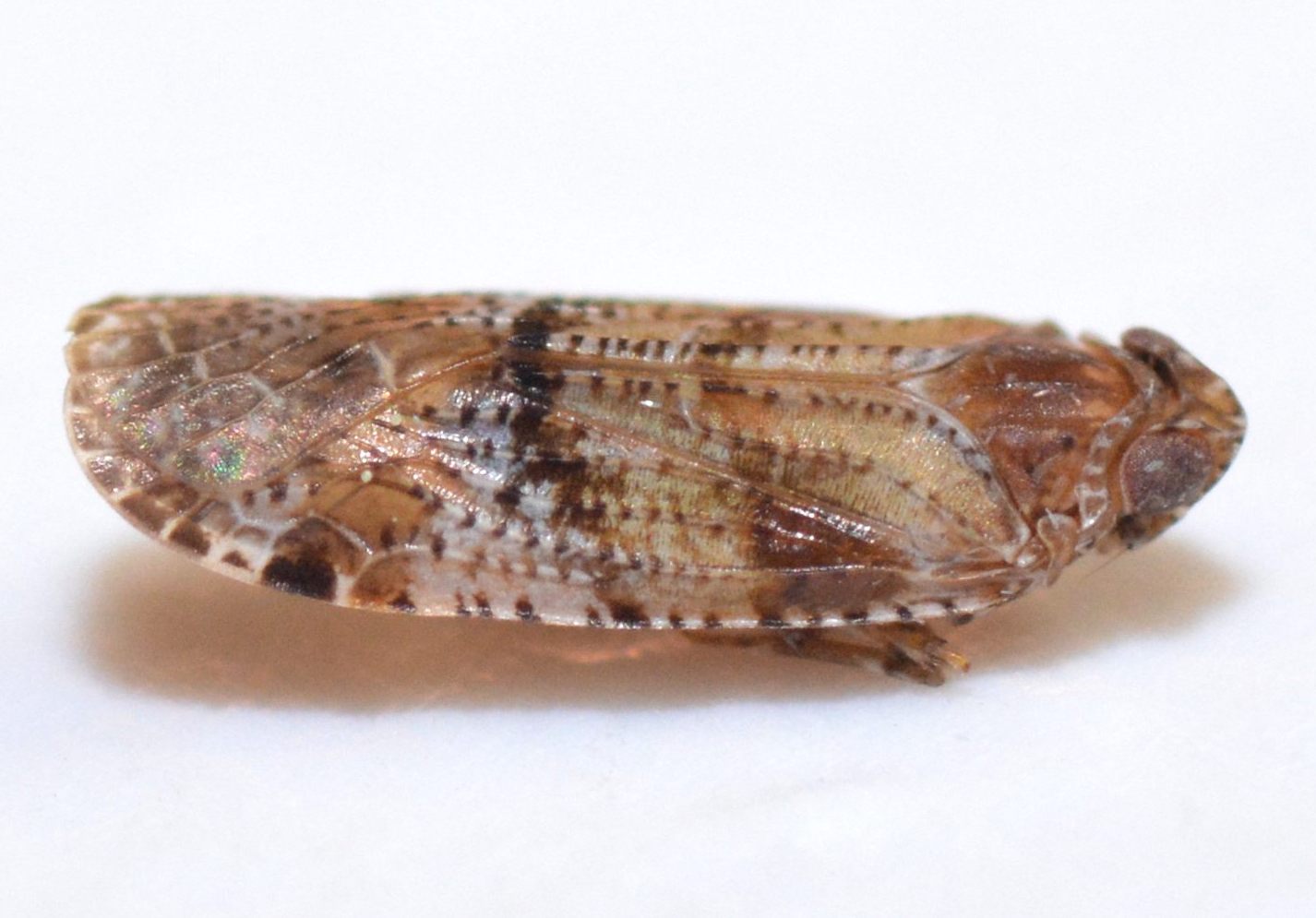

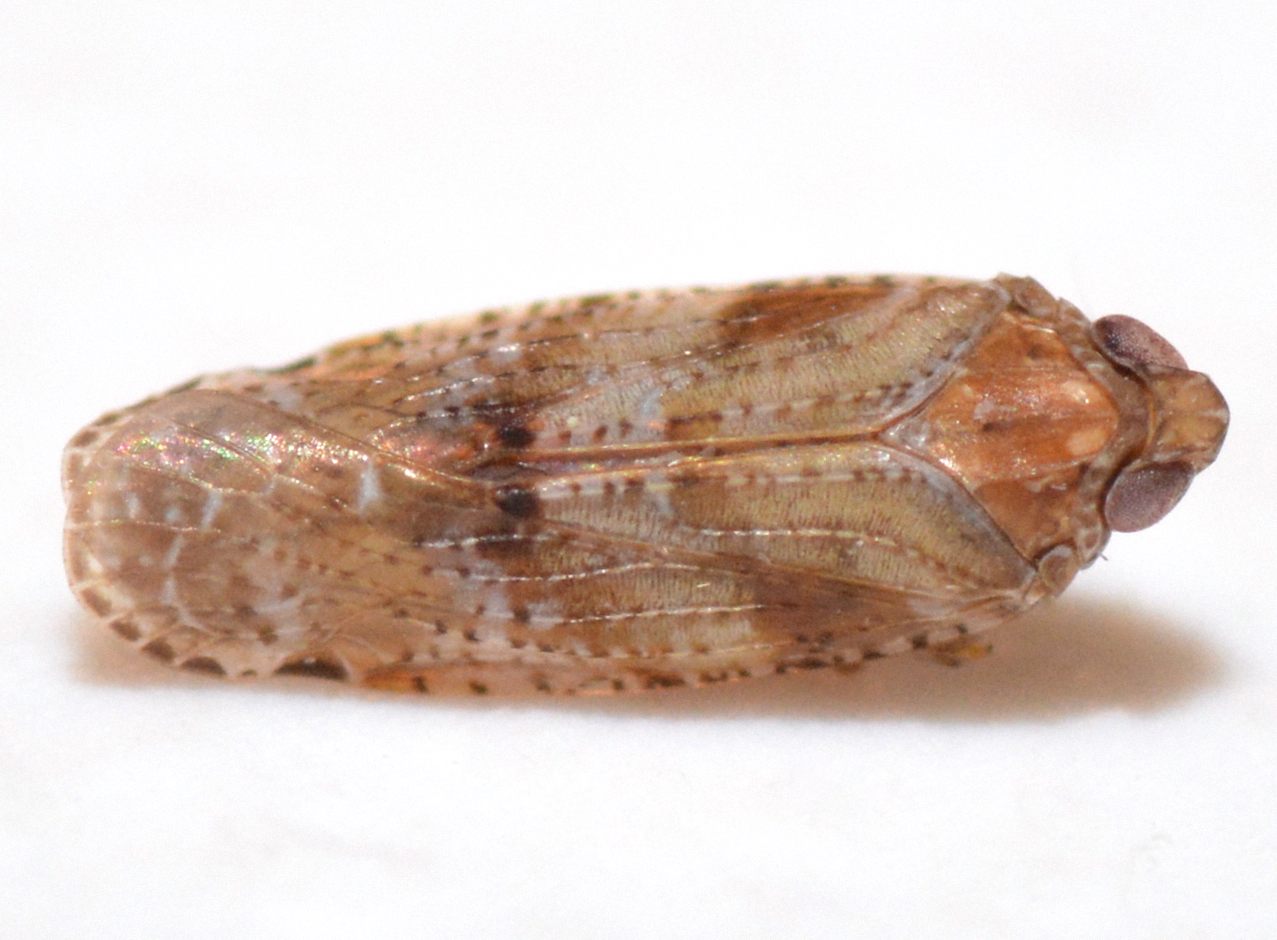


 »
»


